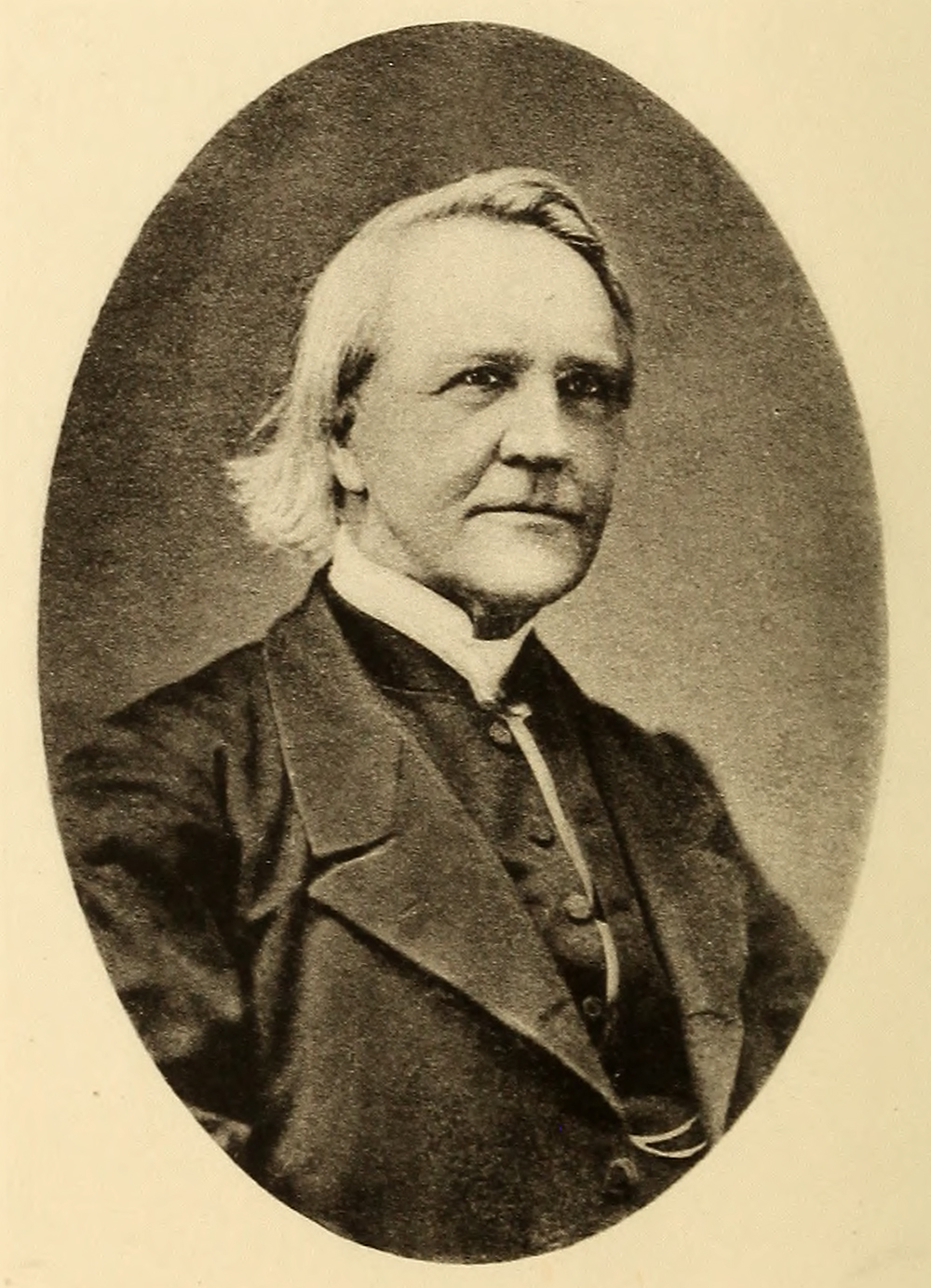In 1874, when Darwin was preparing the second edition of Descent of Man, he received letters from all over the world in reply to his queries about human behaviour; one in particular would have stirred up unexpected memories of his own time among the native peoples of South America.
Titus Munson Coan, an American doctor, passed on a message to Darwin from his father, also called Titus Coan, who, as a young missionary, had spent a few hazardous weeks among the indigenous peoples of Patagonia on the north shore of the Magellan Strait.The 32-year-old Coan had landed at Gregory Bay (now in Chile) on 14 November 1833, and left again on 25 January 1834. Just one day later, the twenty-two year old Darwin arrived in the Strait on board HMS Beagle. In his diary entry for 29 January 1834, Darwin described anchoring in Gregory Bay and going ashore with Captain FitzRoy where they were met by a group of Toldos: their appearance, he wrote, was rather wild, with long hair and faces painted red and black, but they gave the Beagle crew a kind reception.
Coan and his fellow missionary, William Arms, were also made welcome, but they were poorly equipped and unprepared and after sharing the daily lives of the natives for two months without being able to communicate beyond a few shared words of Spanish, they abandoned their mission. Extracts from their diaries were published in the Missionary Herald in 1834 and 1835 , and a complete transcript of Coan's diary, now in the Library Congress, is available online.
Darwin's queries about the practice of infanticide reached Coan in Hawaii where he and his wife had been running a mission station since 1835, his next posting after his return from Patagonia. Through his son, he told Darwin that although infanticide was sometimes practised, it was not prevalent in Hawaii, and moreover didn't favour the survival of one sex over the other as Darwin had suspected it might.
Much later, Titus Coan published an account of his missionary career and Darwin acquired a copy which is still on the Darwin Archive in Cambridge University Library. The Library also has two sketchbooks of Conrad Martens, the official artist on the Beagle voyage, which are available here.



